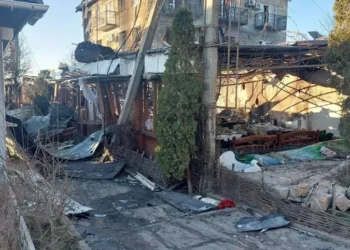MOSCOW (Realist English). For the first time in the post-Soviet market history of Russia, there is an increase in ruble lending to the real (producing) economy. This is a good sign. After all, the war has forced the right gears to turn. And some processes occur against the will of financial elites.
According to the Central Bank’s Research and Forecasting Department, in 2022 the total volume of corporate lending (both in foreign currency and in rubles) rose from 11.7% to 14.3%. At the same time, the ruble portfolio only grew by 23.8%. And the Central Bank notes the growth of long-term lending.
Firstly, the decoupling from the dollar affects, and even the exchange of part of the National Welfare Fund of Russia for rubles.

Secondly, there is a unique situation with an overabundance of money in the country. Over the 12 months of 2022, its growth was 24.4%. And this is even against the backdrop of the non-decreasing export of capital abroad! We are still witnessing the blatant and destructive blocking of most of the free money in the commercial banking system, which, inflated by excess profits, gives absolutely nothing to the manufacturing sector. Banks prefer to place record excess liquidity on the accounts of the Central Bank, earning on interest.
Thirdly, (and most importantly) – the growth of ruble lending indicators is the result of the influx of money into industrial projects and into the infrastructure of the regions bypassing the commercial banking system. This alternative outline has been maturing and looming for a long time. Now, its role has simply increased many times. Infrastructure (budget) loans, money from the Industrial Development Fund, money from development institutions under special programs has gone into the economy. The money of the so-called “pillar banks” at preferential and “frozen” rates, which are significantly lower than the market.
New forms of lending have also appeared, in which the banking system plays a secondary role: infrastructure bonds, asset repurchase for investment (offer creation), state concessions, offset contracts). The co-investor in such cases is sometimes the state or the regional budget. At the same time, the state cash settlement system, built on the foundation of treasury support, which is increasingly becoming a replacement for banks.


















